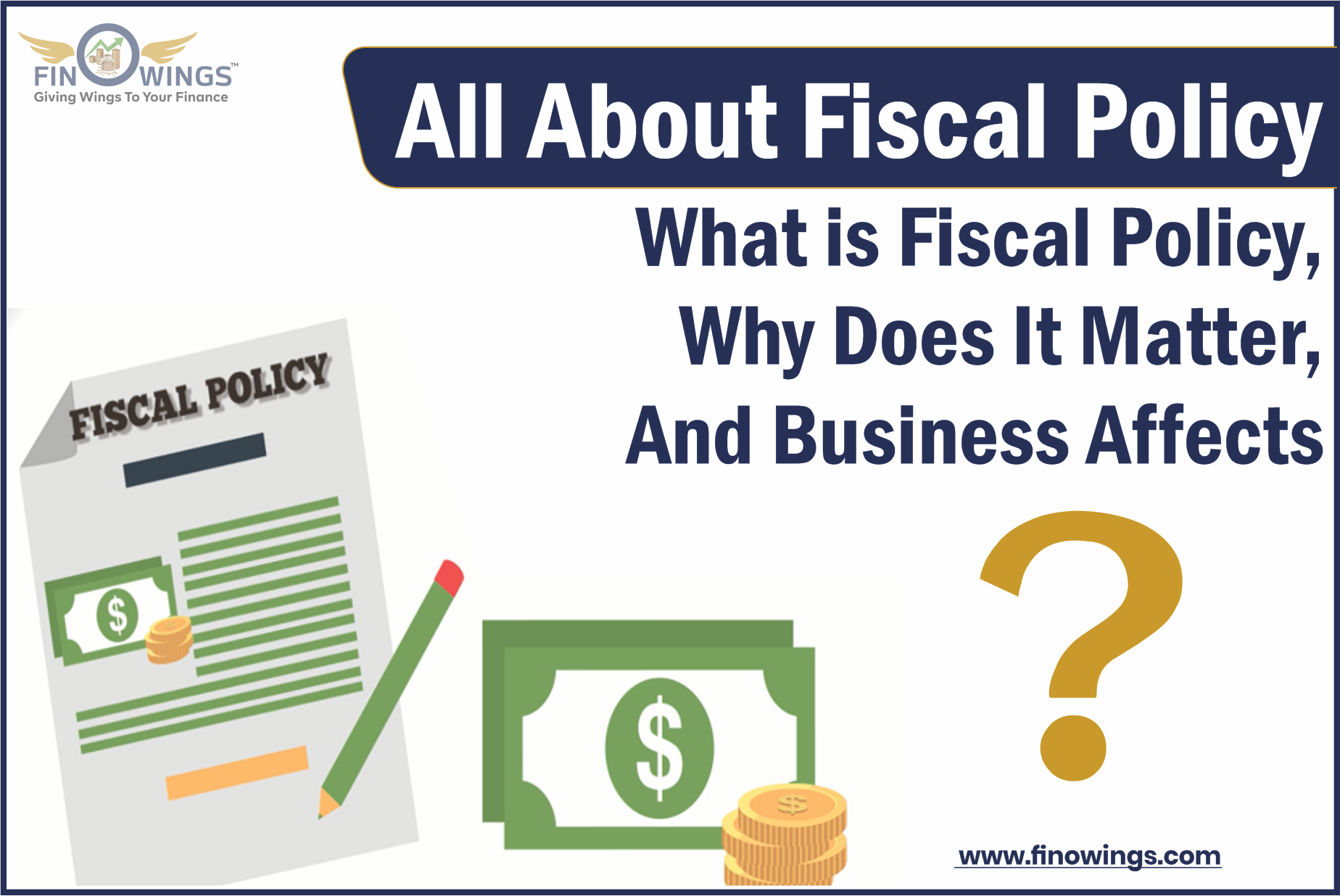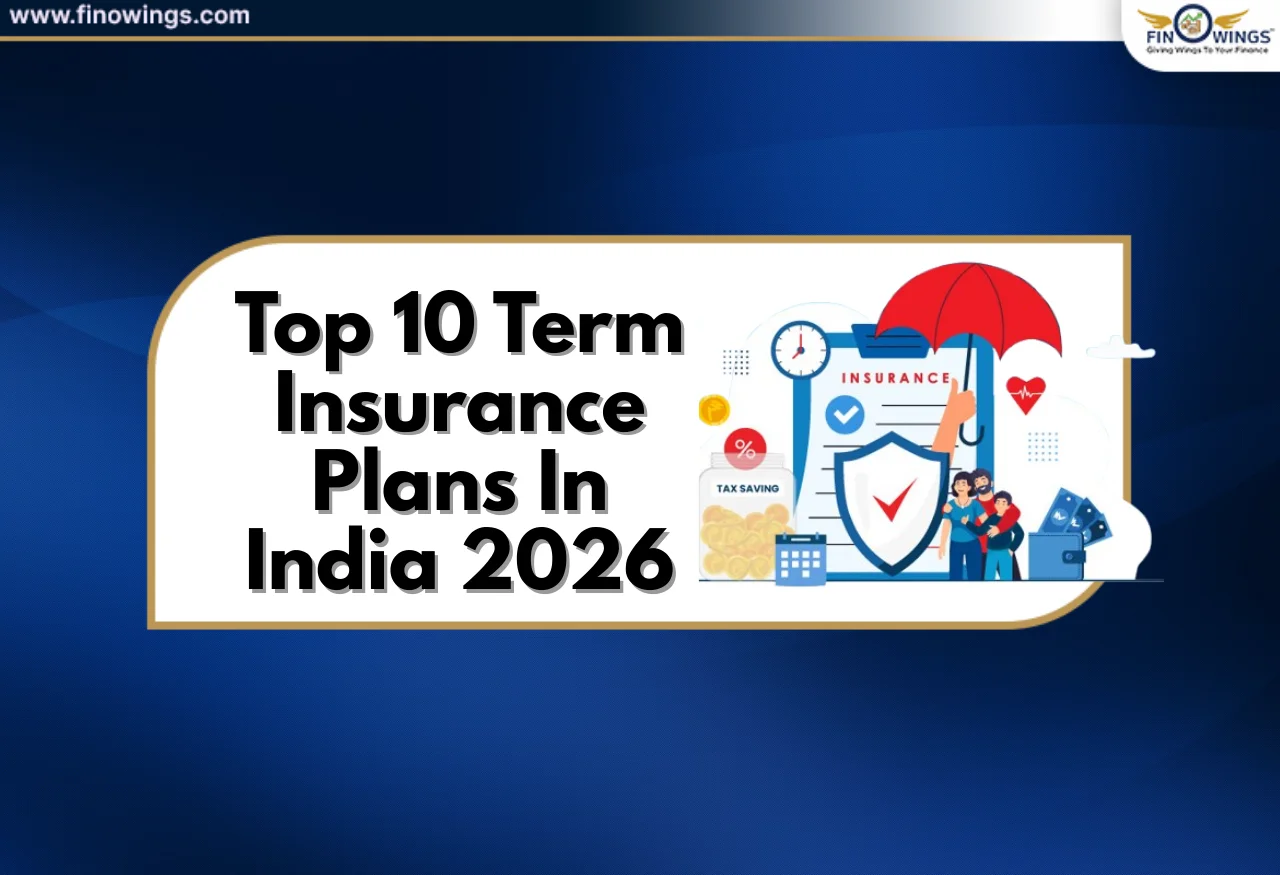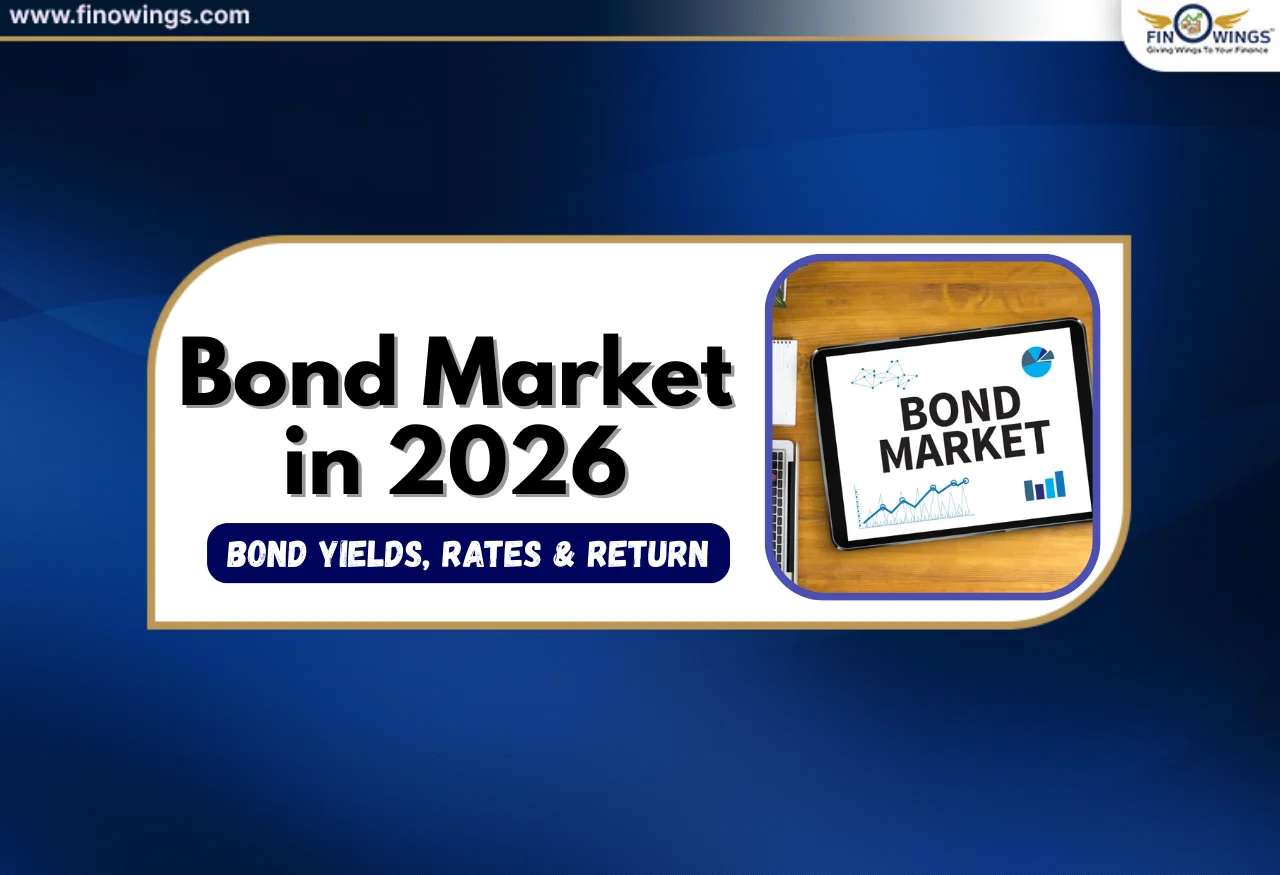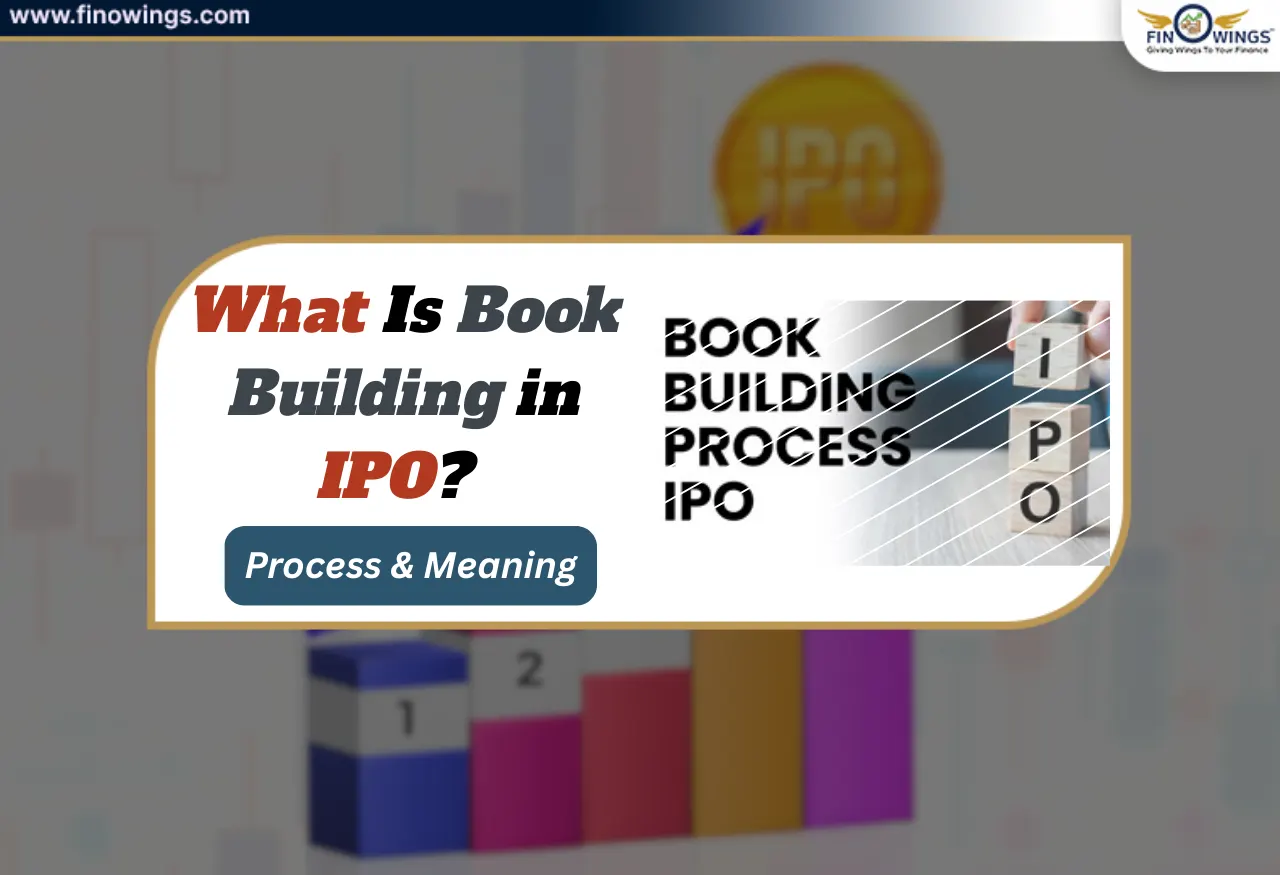Home >> Blog >> All About Fiscal Policy - What is Fiscal Policy, Why Does It Matter, And Business Affects?
All About Fiscal Policy - What is Fiscal Policy, Why Does It Matter, And Business Affects?

Table of Contents
All About Fiscal Policy - What is Fiscal Policy, Why Does It Matter, And Business Affects?
An essential component of the American economy is fiscal policy. Fiscal policy objectives are decided upon by the executive and legislative arms of government, who utilize them to modify income and expenditure levels to affect the economy. Those choices could have a significant effect on your small firm.
Major Points
-
Fiscal policy is the term used to describe how the government uses its spending and taxing decisions to affect the economy.
-
John Maynard Keynes, a British economist, is heavily used in fiscal policy discussions.
-
Keynes suggested governments might control economic production and stabilize the economic cycle instead of letting marketplaces correct themselves.
-
Tax rates are lowered, or expenditure is increased as part of an expansionary fiscal policy to boost the overall need and promote economic growth.
-
In order to stop or lower inflation, a contractionary fiscal policy increases rates or reduces expenditure.
1. What is Fiscal Policy?
The concepts of British economist John Maynard Keynes, on which fiscal policy is established, assert that raising or lowering income (taxes) and expenditure (spending) levels affect inflation, employment, and the movement of money through the economy. To affect the course of the economy, fiscal policy is frequently employed in conjunction with monetary policy, which is controlled by the Federal Reserve in the United States.
Since the gross domestic product (GDP) is influenced by taxes, expenditures, inflation, and employment, fiscal policy is essential to effective economic management (GDP). The worth of the commodities and services a country produces in a year is shown by this number.
Analyze a fiscal expansion resulting in higher demand, which spurs a rise in output, to understand how fiscal policy can impact the economy. Costs will differ if this rise in demand comes in an environment with high employment. Therefore, in an economy with low unemployment, increasing demand will result in increased jobs and manufacturing but not necessarily price changes. Depending on which of these scenarios is true, the GDP will fluctuate.
2. Fiscal Policy Factors and Tools
2.1 Economic factors
The GDP is one of the metrics frequently used to assess an economy's performance. Collective demand, or the total amount of products and services provided by a country and bought at a particular price point, is another determinant. According to the aggregate demand curve, demand for products and services increases when prices are lower and declines when prices are higher.
These metrics are impacted by fiscal policy, aiming to boost GDP and aggregate demand sustainably. Three aspects are altered to achieve this.
-
Tax laws for businesses: Businesses' profitability and investment spending are impacted by the taxes they pay to the government. Tax reductions boost overall demand and investment possibilities for businesses.
-
Government spending: The government's spending boosts overall demand.
-
Personal taxes: Personal taxes, like income taxes, have an impact on people's earnings and spending power, which helps to boost the economy.
When an economy is experiencing significant unemployment and a decline in aggregate demand, fiscal policy usually has to be changed.
2.2 Policy tools
Taxes and expenditures are the two principal fiscal policy instruments. Taxes impact the economy by dictating how much money the government must spend in specific sectors and how much people must spend. For instance, the government may lower taxes to encourage customer expenditure. Tax reductions give families more money, which the government expects they will spend on products and services, boosting the economy.
Spending is a mechanism for fiscal policy that directs funding to particular industries that require an economic boost. As with taxes, the government expects that whoever gets that money will use their additional funds to purchase other products and services.
To prevent the economy from tilting too much in either direction, it's critical to strike the appropriate balance. Before the Great Depression of the 1920s, the American government had a fair laissez-faire attitude toward determining fiscal policy in economics. After that, the government concluded that it was required to influence the course of the economy more.
3. Fiscal policy vs. monetary policy
Fiscal and monetary policies are used to alter the economy of the United States. While monetary policy controls the number of funds available across the economy, fiscal policy is employed to affect the overall consumption in a nation. While the central banks' monetary policy impacts our capacity to want these services, the government may use fiscal policy to influence the number of goods and services people can or will want.
While the federal executive and legislative departments determine federal fiscal policy, central banks, such as the Federal Reserve, determine monetary policy (State and local fiscal policy are determined by each state's legislative and executive branches.). While Congress and the White House decide on tax rates for businesses and people to advance fiscal policy objectives, the Federal Reserve may implement monetary policy to ensure price balance, full employment, and stable economic growth.
Fiscal policy is, therefore, political by definition. It's important to remember that Congress has declared that choices on the monetary policy must be free from politics. When formulating monetary policy, the Federal Reserve must only put maximum employment and price stability first. The Federal Reserve should never adopt or implement any policy that is politically driven.
4. Types of fiscal policy
Fiscal policy can be divided into two types of fiscal policy: expansionary and contractionary.
4.1 Expansive fiscal strategy
The most frequent occasions to apply expansionary fiscal policy, which aims to boost the economy, are during recessions, moments of high unemployment, or other downturns in the business cycle. It involves either increasing government expenditure, reducing taxes, or doing both.
Putting additional money in customers' hands so they can spend more to boost the economy is the aim of an expansionary fiscal policy. In economics, expansionary fiscal policy aims to increase overall demand whenever individual demand has declined.
4.2 Contractionary fiscal policy
When inflation rises too quickly, for example, contractionary fiscal policy is employed to cut down the economy's expansion. Contractionary fiscal policy increases taxes while reducing spending, which is the antithesis of expansionary fiscal policy. As a result, customers have less money to spend due to higher taxes, which slows economic development and stimulus.
Economic growth under the contractionary fiscal policy is typically limited to 3% annually. The economy could suffer from inflation, asset bubbles, higher unemployment, and even recessions if expansion exceeds this rate.
5. Setting fiscal policy
The federal budget for every year is a crucial component of current U.S. fiscal policies. The federal budget outlines the government's expenditure priorities for the upcoming fiscal year and how it intends to finance those priorities, including through new or current taxes. The president and Congress work together to produce the annual budget.
In order to set the tone for the fiscal policy for the upcoming year, the president will first present a budget to Congress that details how much money must be spent on community demands like defence and healthcare, how much should be raised in tax income, and how much of a deficit or surplus is anticipated.
6. How fiscal policy affects businesses?
Both public and private businesses are directly impacted by the fiscal policies of an economy, whether it takes the form of expenditure or taxation. For example, the following fiscal policy implications on your small company are possible.
-
Possibilities for investment
Government expenditure will present additional prospects for investment to companies. Whenever the government and other entities inject more funds into the economy and taxes are low, this frequently happens throughout an expansionary fiscal policy. Businesses can anticipate success and growth when cost and demand are balanced.
-
Slower expansion
When that equilibrium is upset and demand — and values — decline, a contractionary fiscal policy may become active to control inflation. Because of increasing taxes, companies often slow their expansion and take steps to maintain profitability even when less money is moving through the economy.
-
Taxation changes
The level of taxation your firm will experience will vary based on location, involving local, state, and federal taxes. Think about how the tax policies of your state and local governments affect your business and how they interact with federal budgetary policy.
-
Unemployment rates
Minimizing unemployment is one of the fiscal policy's primary goals. The government could, for instance, cut taxes to put more money in the hands of citizens. Customers, therefore, have more money to spend, and businesses can see the greater need. Organizations may need to accomplish more manufacturing activities due to rising demands; in this case, they might react by adding jobs and staff members. A low unemployment rate might progressively increase with the right fiscal strategy.
Conclusion
The U.S. government oversees fiscal policy intending to preserve a robust economy. Modifications to tax rates and increased government investment are methods used to encourage productive economic development.
The government may strive to boost economic development by lowering taxes or raising expenditures on numerous government initiatives whenever it slows or worsens.
It may raise taxes or cut spending whenever the economy is too dynamic, and inflation looms. Therefore, neither is agreeable to politicians who want to hold onto their positions. As a result, the government turned to the Fed to implement monetary policy to lower inflation during these periods.
Author
Frequently Asked Questions
The employment of taxation and expenditure by the administration to affect the economy is known as fiscal policy. Fiscal policy is often used by governments to encourage robust, long-term development and to lower poverty.
Tax reductions and greater public expenditure are the two main manifestations of expansionary fiscal policy. Both of these measures aim to boost overall demand while reducing budget surpluses or adding to deficits.
Three different kinds of fiscal policy exist. They are contractionary policy, neutral policy, and expansionary policy.
Economic strength, cost stability, job growth, optimum resource allocation, speeding the growth of the economy, promoting investment, and stimulating capital creation and expansion are a few of fiscal policy's main goals.
















